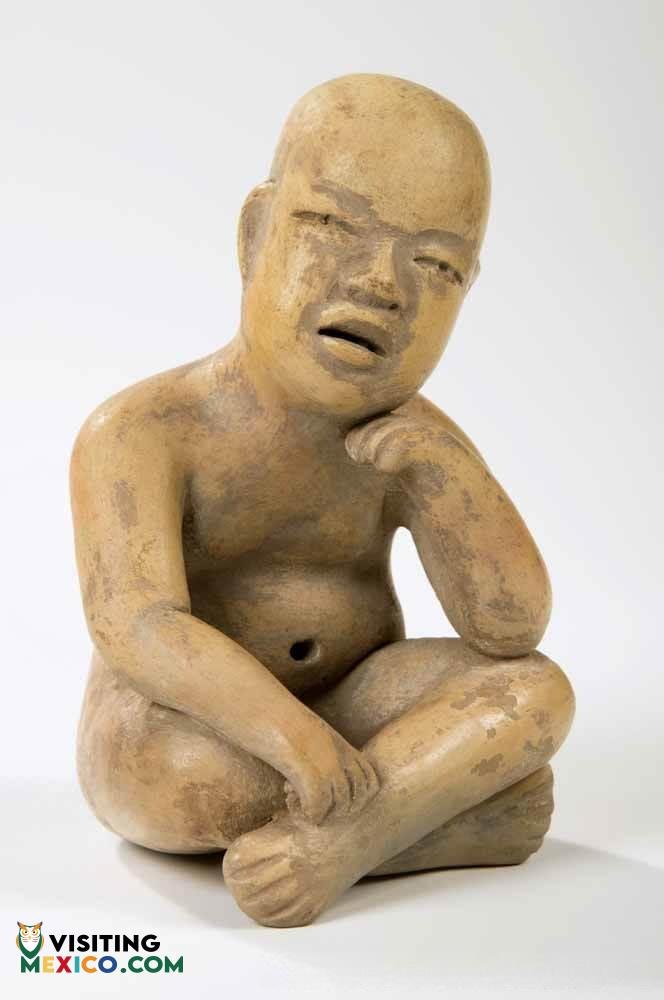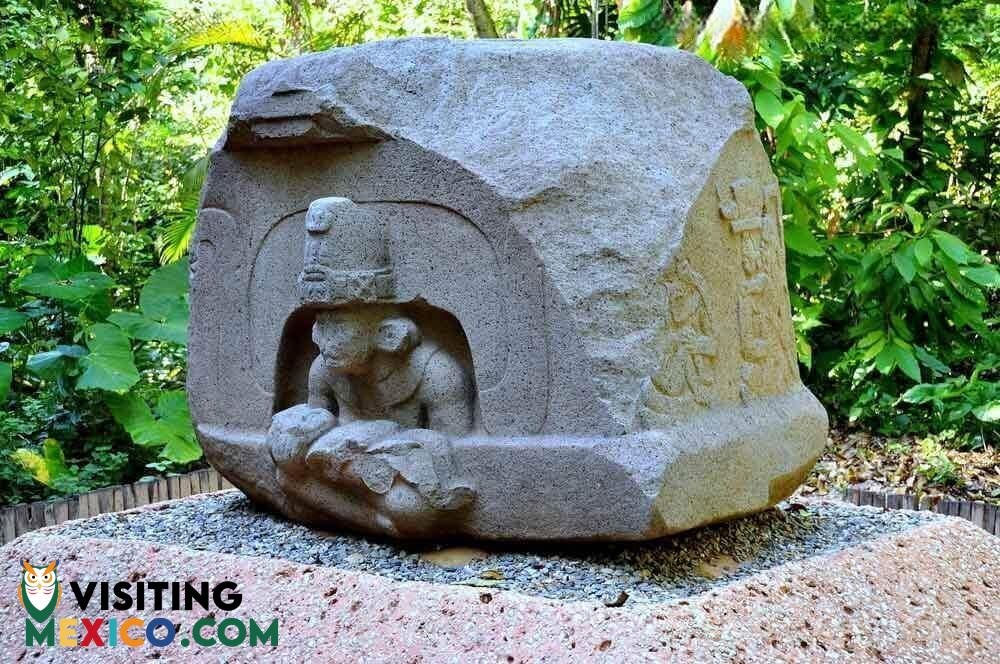The Olmec
City in Mexico
One of the earliest civilizations of Mexico, the Olmec people are regarded as the first major civilization of the region. Archaeologists date the Olmec civilization to 1500 B.C. and assert that it lasted until roughly 400 B.C. Their civilization and culture laid the foundation for later Mesoamerican civilizations that would follow in their footsteps. The lowland area near the Gulf of Mexico in present-day Veracruz was the heart of the Olmec country, but their influence would spread well beyond this locale.

Olmec Territory
The Gulf’s low plains in present-day Veracruz and even Tabasco constituted a hub for an Olmec civilization based on archaeological evidence. In reality, their main region was only about 125 miles in length and probably no more than fifty miles in width. Yet, these people, that historians know precious little about, pre-dated the Mayans in the region and created important sites at San Lorenzo Tenochtitlan, Tres Zapotes, La Venta, and others. This region is hilly in nature, swampy, and even contains volcanoes. The Tuxtlas Mountains were important to the Olmecs, so they constructed a city and ceremonial-like complexes in various spots like Laguna de Los Cerros.
Olmec Civilization
The Olmecs may have had their roots in the early farming peoples of Tabasco since they shared various farming techniques, according to scholars. The first definitive Olmec evidence dates to San Lorenzo Tenochtitlan. The river basin allowed for transportation and the region’s water and good farming techniques allowed the people to congregate in a large settlement that would soon constitute a city. During the city’s height, a noble class emerged. Relics of this period include items made from obsidian and jade. Historians are not sure why precisely, but the city at San Lorenzo declined as the city of La Venta grew more prominent. La Venta would remain the Olmec’s most important city until the fall of the civilization. Scientists speculate that this civilization declined due to dramatic climate change and possibly earthquakes
Archaeological Evidence of the Olmec People
The Olmecs are best known for their carved colossal heads that were discovered in their heartland. These artifacts have been called by many as the most strikingly recognizable in ancient Mesoamerica. Typically, these gigantic heads and other statuary featured jaguar-like features in the image of men. Almond eyes and slanted mouths can be found on most of the statues. While many carvings were done in stone, some exquisite masks were carved from jade. In addition to their singular art, the Olmecs may also have been the first people of Mesoamerica, indeed, in all of the Western Hemisphere, to develop a writing system. Olmec symbols recently discovered in the last decade suggest that they had been writing as early as 650 B.C., but archeologists are still working to puzzle out more information.

More Features of the Civilization
Historians think the Olmec practiced bloodletting and possibly a human sacrifice. Many statues depict a jaguar man or god holding a limp infant with the face of a were-jaguar. Even so, many scholars continue to debate this theory. Historians also believe that the Olmec may have invented the concept of zero that would influence the Mayans and their calendar. Historians also speculate the famed Mesoamerican ballgame originated with this civilization; yet, this has not been proven definitely.
Learning More about the Culture
Many visitors to Mexico make a point to see the artifacts and colossal heads of this important civilization. The nation’s most prestigious museums often contain collections of relics and may organize tours to lead tourists to see the remnants of Olmec cities. Regarded as a mother culture, if not the mother culture of Mesoamerica, of later civilizations, the Olmec are regarded as one of the great cultures of ancient Mexico.


